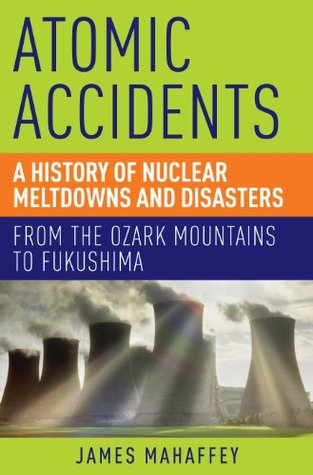More on this book
Community
Kindle Notes & Highlights
by
Jim Mahaffey
Read between
June 27 - July 17, 2017
In those early decades of nuclear power, it was an unwritten rule in the AEC that the public was not to be burdened with radiation release figures or the mention of minor contamination. It was true that the general population had no training in nuclear physics and radiation effects, and if given numbers with error bars and a map of an airborne radiation plume, imaginations could take control in nonproductive ways.
That is why there are better places to build a nuclear power plant than on the beach in Japan, which would seem evident from the remains of what was once a roughly semicircular pattern of ancient, inscribed rocks, planted upright in the ground a few miles from the shoreline in northeastern Japan. These monoliths, probably 600 years old, are all graven with the same message, written in a long-forgotten Asian dialect. Scholars pooled resources for centuries, trying to decipher the message, seeing success some 30 years ago. Very roughly translated, the inscription reads: “Don’t even think about
...more
If the person sitting next to you seems concerned with the radioactive fish from Japan, the air over the Tokyo Olympics heavy with fallout, or the contaminated junk that washes ashore in Oregon, then caution him or her not to eat a banana. It is crawling with potassium-40, a naturally occurring radioactive nuclide that spits out an impressive 1.46 MeV gamma ray. Neither radiation dose, from eating a banana or a bluefin tuna contaminated with cesium-137 (0.662 MeV gamma), is considered to be the slightest bit dangerous. In fact, tuna fish have been contaminated with radioactive cesium for the
...more


